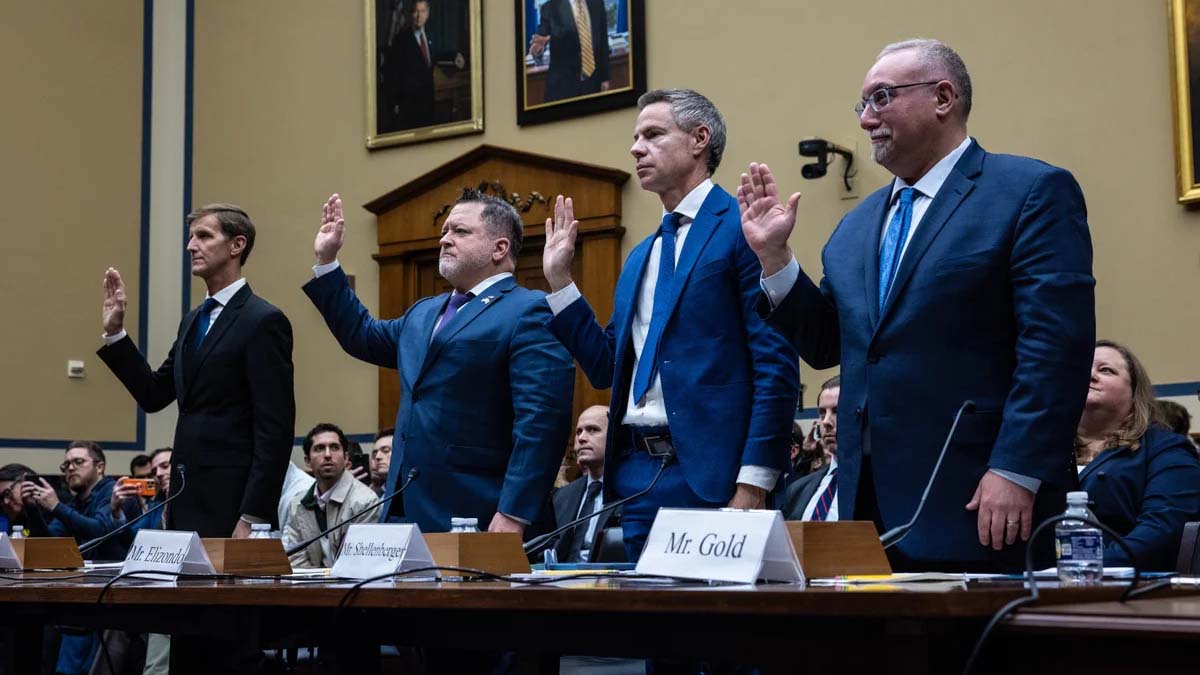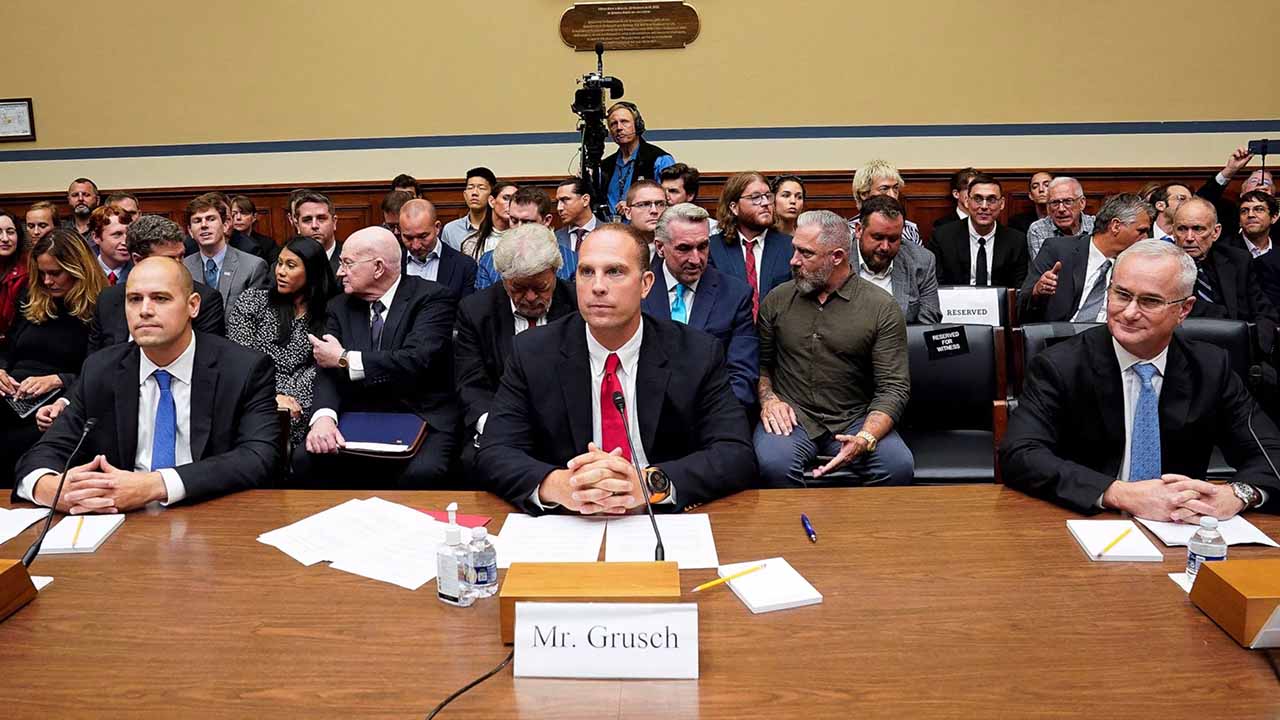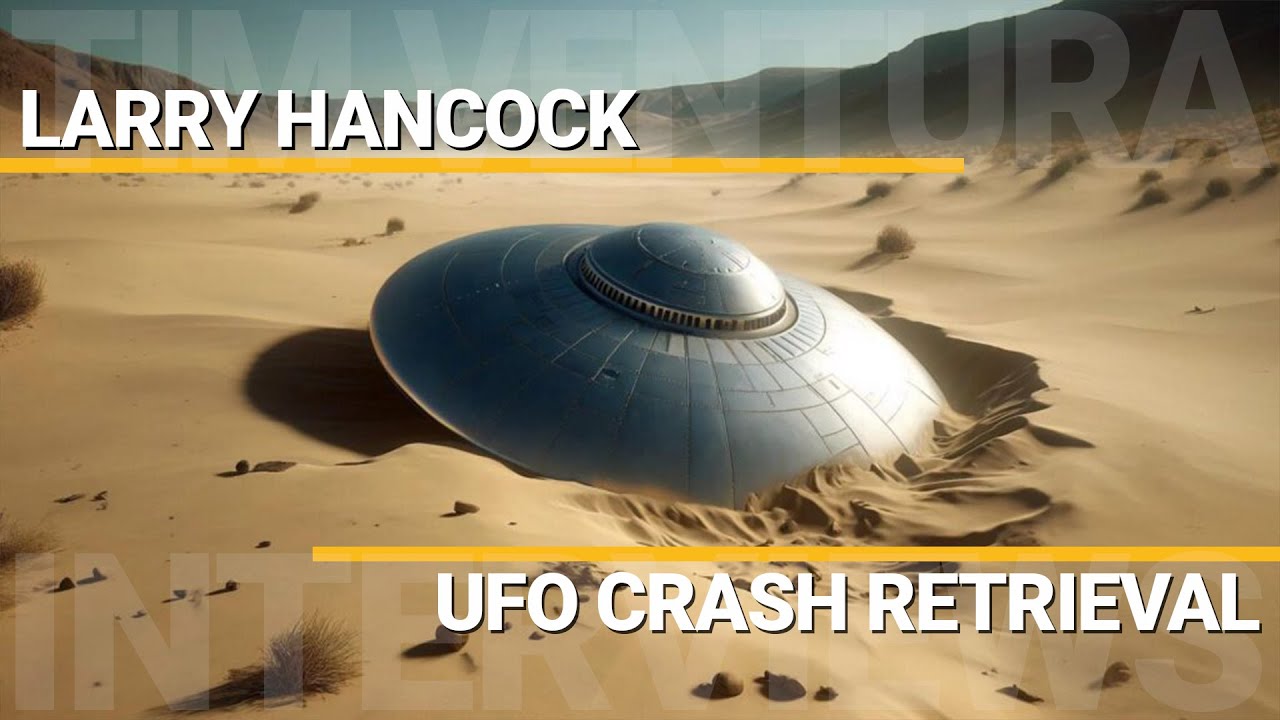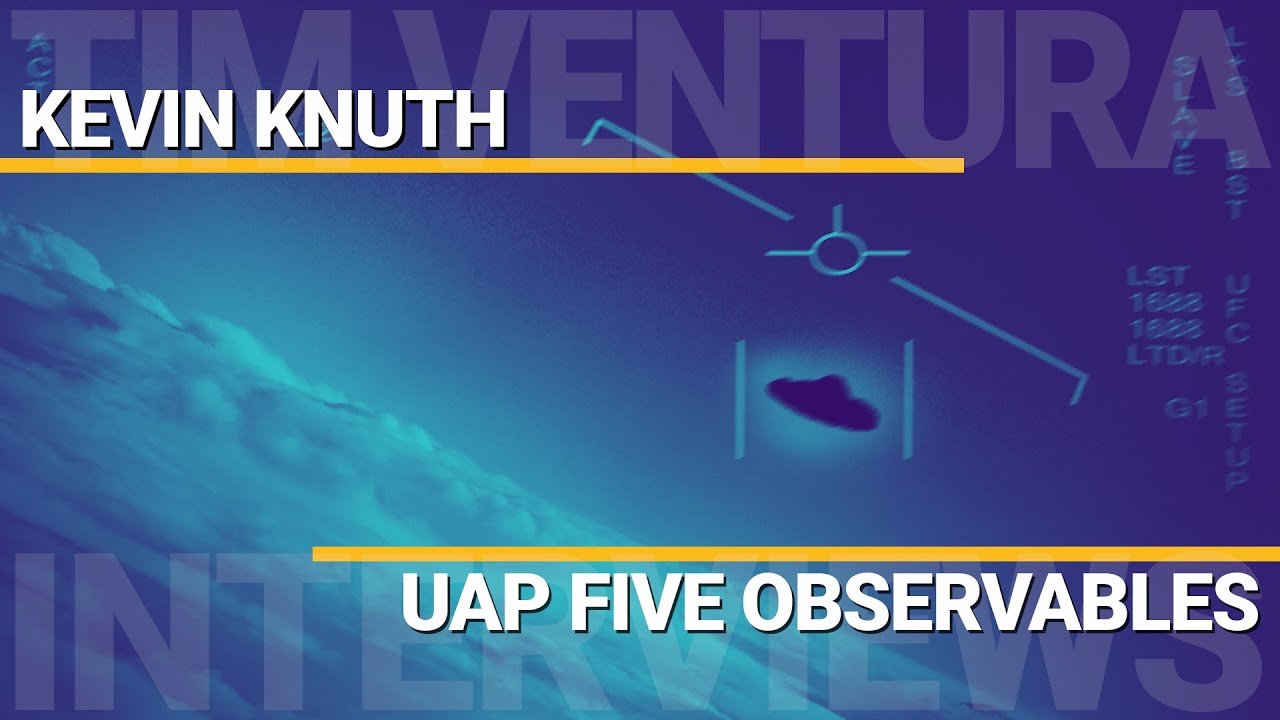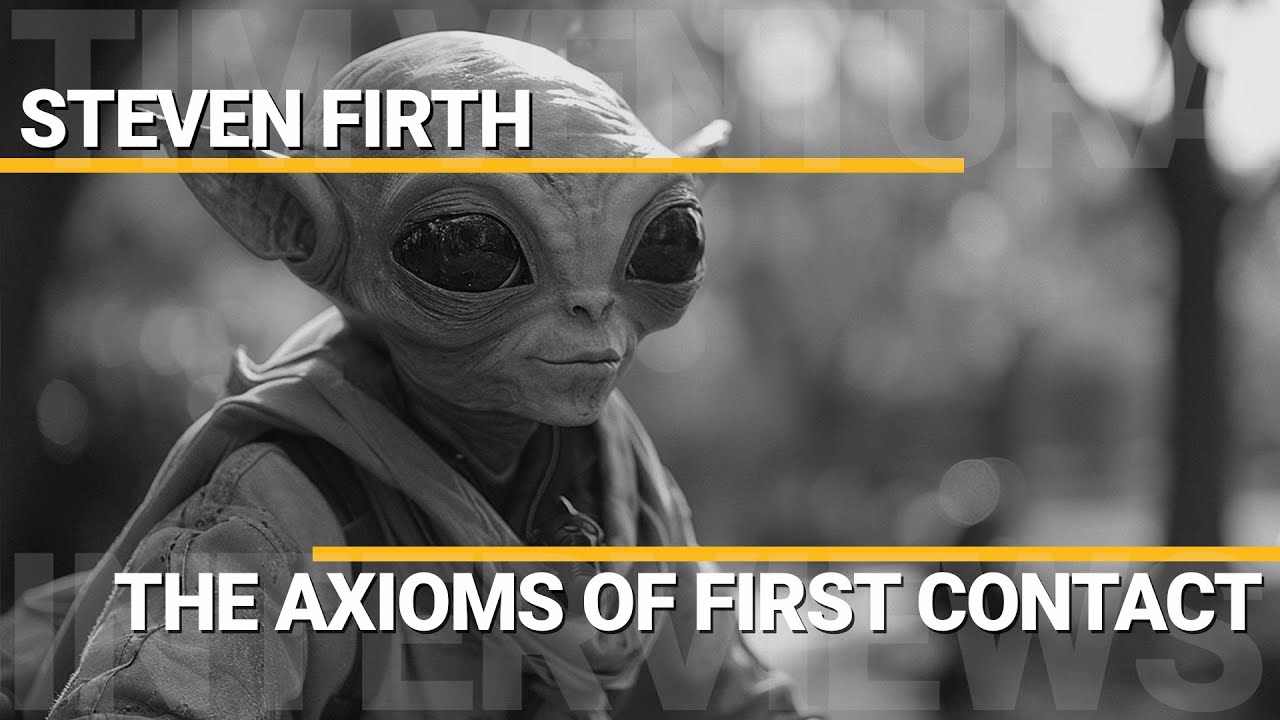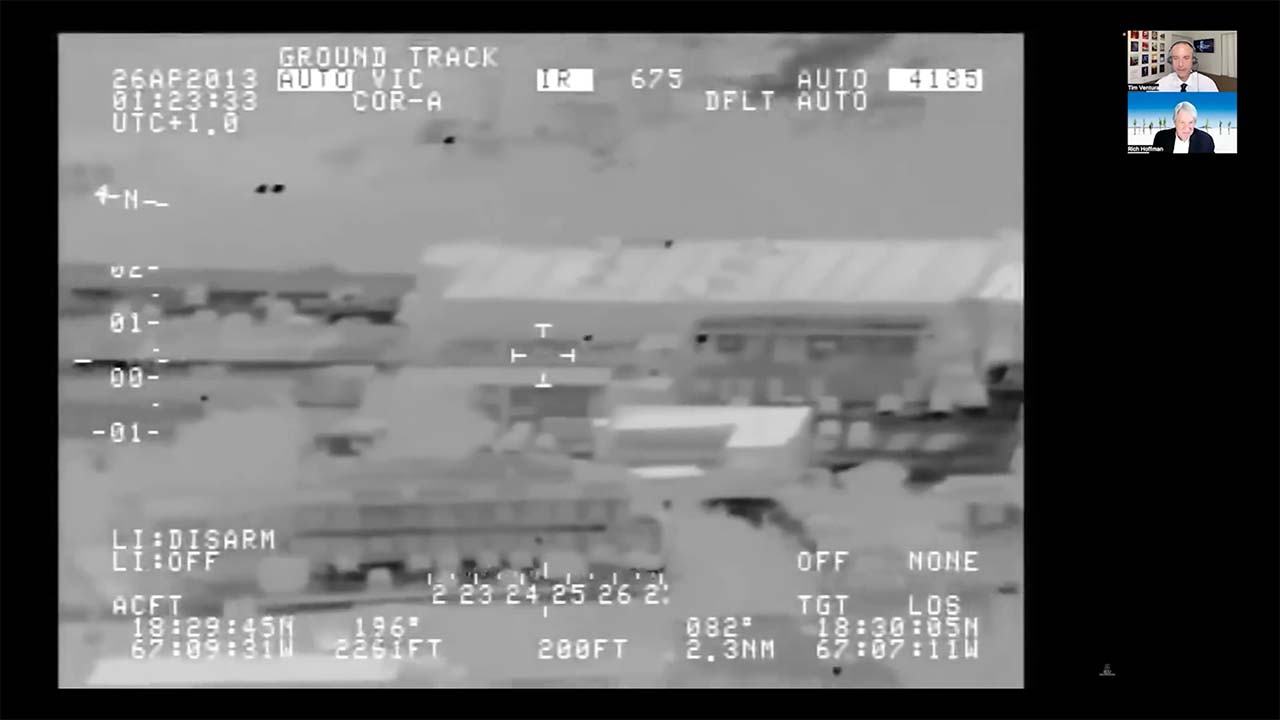The Catalina UAP Sightings
Franc Milburn provides a detailed summary & analysis of unexplained aerial phenomena (UAP) encounters involving US Navy vessels off the Southern California coast in July 2019. Multiple Arleigh Burke destroyers and a littoral combat ship encountered unidentified “drones” exhibiting unusual flight characteristics—long durations, brazen maneuvers, and coordinated movements—over several days. The investigation involved various agencies, including the UAP Task Force, but crucial sensor data remains classified. While the “drone” theory is explored, considering the capabilities of advanced UAVs and potential adversary involvement (China and Russia are mentioned), the lack of conclusive evidence leaves several possibilities open.
The presentation examines eyewitness accounts, available imagery (including controversial footage released by Jeremy Corbell), and the limitations of current data. The speaker highlights the need for rigorous investigation, contrasting the July 2019 events with the thorough investigation of the Aguadilla, Puerto Rico incident. The possibility of sensor spoofing and the implications of US Navy inaction are also discussed, with the speaker ultimately concluding that more data is needed to definitively explain the events.
The Encounters: A Timeline of Events
The series of encounters occurred between July 7th and 30th, 2019, primarily within the busy US Air Defense Identification Zone (ADIZ) off the coast of Southern California. Five Arleigh Burke-class destroyers and one Independence-class littoral combat ship were involved, along with specialized imagery intelligence (“Snoopy”) teams, the Naval Criminal Investigative Service (NCIS), the Office of Naval Intelligence (ONI), the UAP Task Force, the Coast Guard, and even the FBI. The Chief of Naval Operations was also briefed.
Multiple sightings of “drones” or UAVs were reported, characterized by:
- •Night operations: The encounters predominantly occurred at night, under low visibility conditions.
- •Long duration: Sightings lasted for extended periods, often exceeding 90 minutes.
- •Brazen maneuvers: The UAP exhibited maneuvers described as bold and unusual.
- •Multiple platforms: The UAP were observed in numbers, with reports ranging from two to six objects moving in coordination.
Key locations included Santa Catalina Island, San Clemente Island, and the Gulf of Santa Catalina, all within a heavily utilized range complex serving the Pacific Fleet. These areas are known for extensive military exercises, including anti-submarine warfare (ASW) training, electronic warfare (EW) testing, mine testing, and amphibious warfare training. The presence of Aegis-equipped destroyers suggests the possibility of air defense exercises (ADEX) being conducted concurrently.
Theories and Investigations
Several theories have emerged to explain the July 2019 encounters:
- •Advanced UAVs: The possibility of advanced, domestically or foreign-developed UAVs, launched from land, sea, or air, is a primary focus. The long duration, coordinated movements, and high speeds of the UAP challenge the capabilities of known commercial drone technology.
- •Adversary Activity: The possibility of sophisticated adversary drones conducting intelligence, surveillance, and reconnaissance (ISR) operations against the US Navy is a significant concern. The potential for electronic intelligence (ELINT) gathering is also considered. China and Russia possess advanced drone swarm capabilities.
- •Sensor Spoofing: The possibility of sophisticated sensor spoofing technology, potentially employing projects like Blue Beam, Nemesis, or Palladium, cannot be ruled out. This would involve deceiving the Navy’s sensors into detecting false targets or misinterpreting real objects.
- •US Military Exercise: While less likely given the level of investigation, the possibility of a highly classified US military exercise or test remains a consideration. However, the involvement of NCIS, the Coast Guard, and ONI in the investigation suggests otherwise.
The Evidence and its Limitations
The investigation is hampered by a lack of readily available data. While the Navy possesses extensive sensor data (infrared, radar, sonar), this information remains classified. The analysis relies heavily on eyewitness testimony, often based on mobile phone screenshots, and limited video footage. The provenance and authenticity of some video evidence, such as that released by Jeremy Corbell, are contested.
The Role of Key Players
Several key figures have contributed to the ongoing discussion:
- •Dave Beattie: A filmmaker and journalist who obtained USS Kidd logs and contacted witnesses.
- •Tyler Rogoway (The War Zone): A journalist who has published several articles on the subject, analyzing deck logs, ship tracking data, and reconstructed drone movements.
- •Kevin Day: A former US Navy expert with experience in Spy-1 radar and Top Gun intercept control, who has offered valuable insights.
- •Jeremy Corbell: A filmmaker who released imagery purportedly from an ONI briefing, sparking further debate.
- •Louis Elizondo: A former government official who has commented on the unique flight characteristics of the UAP and the Navy’s unusual inaction.
Conclusion: More Data Needed
The July 2019 UAP encounters off the coast of Southern California remain a complex and fascinating puzzle. While various theories exist, a definitive conclusion requires more data, including the release of classified sensor data and a thorough analysis of all available evidence. The lack of a clear explanation underscores the need for continued investigation and transparency. The incident highlights the challenges of identifying and responding to unknown aerial phenomena, particularly in a contested operational environment. The case serves as a reminder of the limitations of current technology and the need for improved methods of detection, identification, and analysis of UAP.
Register For UFORev
Want to see more great UFO Reverse Engineering stories? Sign up for our mailing list to get exclusive access to captivating presentations, engaging events, and more!
RECENT POSTS
Congressional UFO Hearing with Lue Elizondo
May 4, 2025
Congressional UFO Hearing with David Grusch
May 3, 2025
The Long History of UFO Crash Retrieval
May 2, 2025
Aguadilla UAP Sighting Analysis
May 2, 2025
